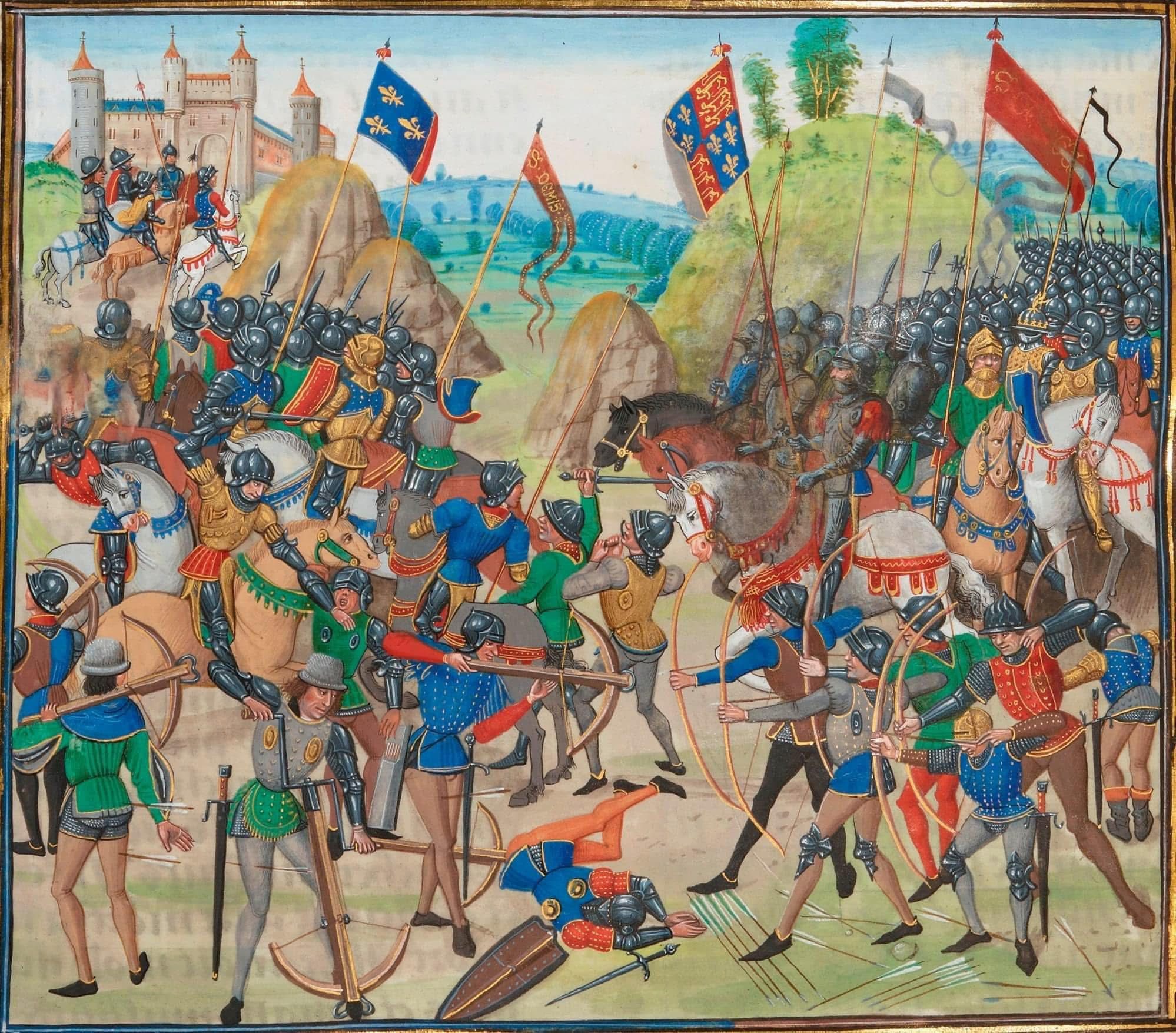Release time:2025-07-29 15:18:34Clicks:author:SPG ArcheryMain categories:Bows, Arrows, Archery Accessories

A skill can be called an "art." It must be based on practicality and employ creative methods to present its uniqueness and beauty.
The process of practicing archery is a pursuit of ultimate simplicity. Accurate shooting requires repeated practice, from the physical aspects of adjusting the bow and arrow, to the physical conditioning and movement training, and the psychological composure. In the pursuit of this simple goal of "shooting more accurately," the more you advance, the more you must pay attention to every detail. This practice is based on the principles of "carefulness in everything" and "details determine success or failure."
The unchanging principles of archery: skeletal support, linear force application, viewing the small as the big picture, and self-reflection. These theoretical and technical principles of "rectifying the body" and "refining the mind" align perfectly with the concepts of "Zhong, Zheng, Ren, and Li" in traditional Chinese philosophy. Therefore, each archer's performance reflects their mastery of morality and etiquette, and is a manifestation of their ability and cultivation. Thus, archery gradually became imbued with the essence of traditional Chinese philosophy, becoming a means of cultivating and assessing talent and cultivating the mind.
Records in texts such as "The Book of Zhou," "The Book of Rites," and "The Book of Etiquette and Ceremonial" indicate that by the Western Zhou Dynasty, archery was no longer simply a martial art; it encompassed moral cultivation and etiquette, giving rise to "ritual archery" with its social function and "archery art" with its educational and self-cultivational function.
When Confucius established a private school, the official schools of the time already offered the Six Arts. "The Book of Zhou: The Official of the Land, Baoshi" records, "He taught the Six Arts: One is the Five Rites, Two is the Six Musics, Three is the Five Archery, Four is the Five Chariots, Five is the Six Books, and Six is the Nine Numbers." The inclusion of traditional Chinese archery in school education stems not only from its military and social skills but also from its profound traditional cultural connotations.
"The Book of Rites: The Meaning of Archery" states, "Archery is a means of observing great virtue." It also states, "Archery is the way to benevolence." From this point on, the purpose of practicing archery was no longer merely practical or purely aesthetic, but rather a means of "rectifying the body" and "refining the mind." This was true not only in China but also in other Far Eastern countries where Chinese culture radiated.
This applies not only to archery but also to the study of any other art. Thus, those who practice swordsmanship don't simply aim to defeat their opponents; those who practice tea art don't simply quench their thirst; and dancers don't simply perform graceful movements. The art itself is a vehicle; the integration of body and mind, mind and heart, during practice is the practitioner's higher pursuit.
Today, when we discuss reviving the traditional Chinese art of archery, we must understand its cultural connotations, beyond just "archery techniques," centered on the improvement of self-cultivation.
Regardless of personal preferences or differences in archery techniques, whether you seek to shoot more accurately, faster, farther, or simply to develop a stronger bow, as long as you uphold a serious and rigorous spirit, constantly striving for perfection within simplicity, and thereby "rectify the body" and "refine the mind" to achieve the goal of self-cultivation, then the study of archery is a unique and beautiful art.